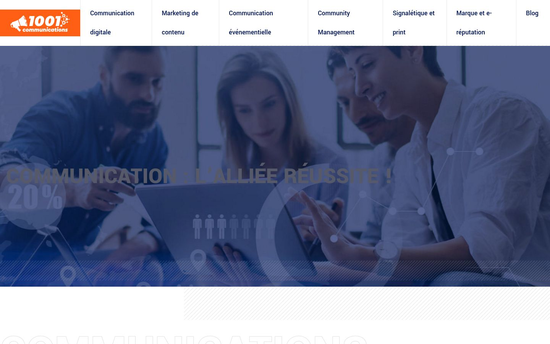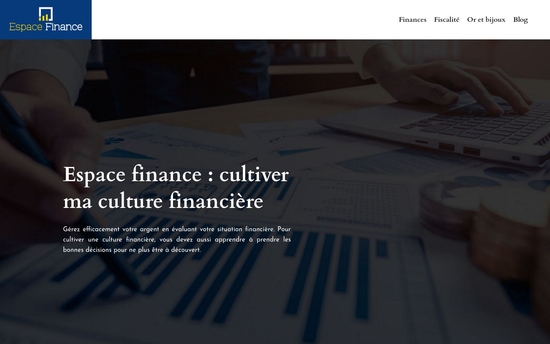
The website as a central digital communication tool
The fundamentals of custom web development
Custom development allows for the creation of a technical architecture that precisely meets the communication objectives defined in the project specifications.
This process involves choosing appropriate technologies, such as back-end programming languages for data management and front-end frameworks for the user interface. The foundation of this work is clean and optimized source code to guarantee performance and security. This approach ensures future scalability, allowing for the addition of new features without rebuilding the entire digital structure.
The technical architecture is defined upfront to structure the project. It details each functionality, the type of content management system (CMS) being considered, and the planned interactions with third-party services via application programming interfaces (APIs).



Implementing digital marketing strategies
The website is integrated into a broader digital ecosystem, serving as a central hub for various online communication activities.
01
Generating qualified traffic
Using levers such as content marketing and social media campaigns.
02
Measuring performance
Analyzing data using tools to track key indicators and visitor engagement.
03
Managing online reputation
The website’s content helps to build and maintain a controlled online brand image.

The challenges of website maintenance and hosting
The longevity of a website depends on regular maintenance and reliable, high-performance, and secure hosting.
Technical maintenance includes updating the CMS and its extensions to prevent security vulnerabilities, as well as monitoring server performance to ensure fast loading times. Regular backups of files and the database are performed to allow for quick restoration in case of an incident. An SSL certificate is essential to secure data exchanges between the server and the browser.
The choice of hosting depends on resource requirements, particularly disk space and bandwidth, and the expected traffic on the platform. Shared hosting may be suitable for a low-traffic website, while a dedicated server or a cloud hosting solution is preferable for more demanding projects.
The “mobile-first” approach in responsive design
This method involves designing the mobile version of the website first.

The components of an efficient user interface
A successful interface combines aesthetics and functionality to guide the user. It must be intuitive, accessible, and visually appealing, while remaining true to the brand identity it represents to ensure consistency in the message conveyed.

Clarity of the main navigation
Well-organized menus, clear labels, and breadcrumbs help users easily navigate the site and access the different sections.



Readability of text content
Choosing appropriate typography, sufficient color contrast, and a clean layout is essential for optimal reading comfort on screens.



Consistency of interactive elements
The consistent use of the same graphic styles for buttons, hyperlinks, and headings creates a predictable and reassuring experience for the visitor.


Technical aspects of web performance
Page loading speed is a critical factor for user experience and search engine optimization (SEO). Performance optimization is a priority during the development and maintenance of a website and its functionalities.

Source code minification
Removing unnecessary characters from CSS and JavaScript files reduces their size and speeds up their interpretation.

Secure transfer protocol
Using the HTTPS protocol, enabled by an SSL certificate, secures the connection and is a criterion of trust for users.
Website creation for the communication sector
Deep expertise and a precise understanding of communication challenges enable the design of high-performing and tailored digital projects.
Customized solutions, interactive features, and modern designs promote clear message delivery and a strong visual impact.





